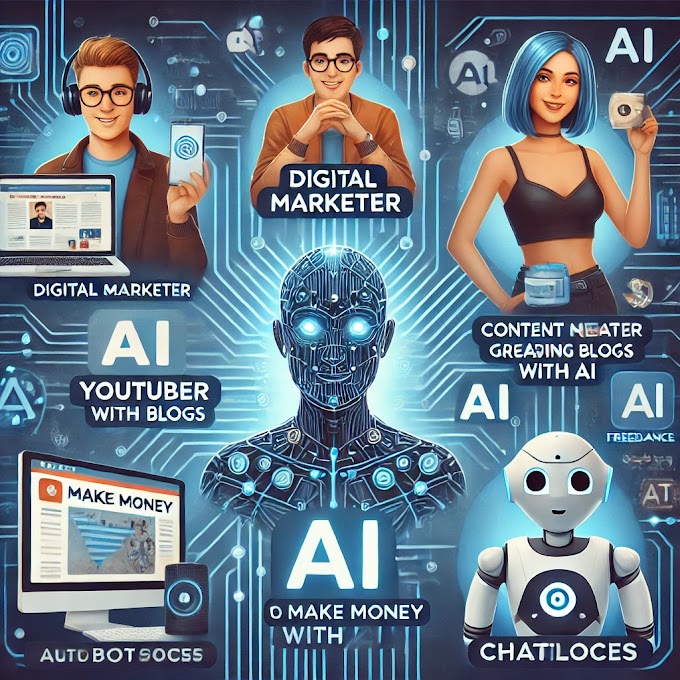**The Future of Cryptocurrency: Revolutionizing Finance and Beyond**
Cryptocurrency has emerged as one of the most transformative technologies of the 21st century, reshaping the way we think about money, finance, and even the global economy. Since the launch of Bitcoin in 2009, the crypto space has grown exponentially, with thousands of digital currencies now in existence. But what exactly is cryptocurrency, and why is it generating so much buzz? Let’s dive into the world of crypto and explore its potential to revolutionize finance and beyond.
### What is Cryptocurrency?
Cryptocurrency is a digital or virtual form of currency that uses cryptography for security. Unlike traditional currencies issued by governments (like the US dollar or euro), cryptocurrencies operate on decentralized networks based on blockchain technology. A blockchain is a distributed ledger that records all transactions across a network of computers, ensuring transparency, security, and immutability.
Bitcoin, the first and most well-known cryptocurrency, was created by an anonymous person (or group) known as Satoshi Nakamoto. Its primary purpose was to enable peer-to-peer transactions without the need for intermediaries like banks. Since then, cryptocurrencies like Ethereum, Ripple, and Litecoin have expanded the use cases of blockchain technology, from smart contracts to decentralized finance (DeFi).
### Why Cryptocurrency Matters
1. **Decentralization**: One of the most significant advantages of cryptocurrency is its decentralized nature. Traditional financial systems rely on centralized institutions like banks and governments, which can be prone to corruption, inefficiency, and control. Cryptocurrencies eliminate the need for intermediaries, giving individuals full control over their money.
2. **Financial Inclusion**: Over 1.7 billion people worldwide remain unbanked, meaning they lack access to basic financial services. Cryptocurrencies can bridge this gap by providing a secure and accessible way to store, send, and receive money, even in regions with underdeveloped banking infrastructure.
3. **Transparency and Security**: Blockchain technology ensures that all transactions are recorded on a public ledger, making it nearly impossible to alter or falsify data. This transparency reduces fraud and builds trust in the system. Additionally, cryptographic security makes cryptocurrencies highly resistant to hacking and theft.
4. **Innovation in Finance**: Cryptocurrencies have paved the way for innovative financial products and services. Decentralized finance (DeFi) platforms, for example, allow users to lend, borrow, and earn interest on their crypto holdings without relying on traditional banks. Non-fungible tokens (NFTs) have also gained popularity, enabling the ownership and trading of unique digital assets.
### Challenges and Risks
Despite its potential, cryptocurrency is not without challenges. Regulatory uncertainty remains a significant hurdle, as governments worldwide grapple with how to classify and regulate digital assets. Volatility is another concern, with prices of cryptocurrencies like Bitcoin and Ethereum often experiencing dramatic fluctuations. Additionally, the environmental impact of energy-intensive mining processes has sparked debates about sustainability.
### The Road Ahead
The future of cryptocurrency is both exciting and uncertain. As adoption grows, we can expect to see more integration of digital currencies into everyday life, from online shopping to cross-border payments. Central banks are also exploring the concept of central bank digital currencies (CBDCs), which could further legitimize the use of digital money.
In conclusion, cryptocurrency represents a paradigm shift in how we think about money and finance. While challenges remain, the potential benefits of decentralization, financial inclusion, and innovation are too significant to ignore. Whether you’re an investor, a tech enthusiast, or simply curious, now is the time to explore the world of cryptocurrency and its transformative potential. The future of finance is here, and it’s digital.








